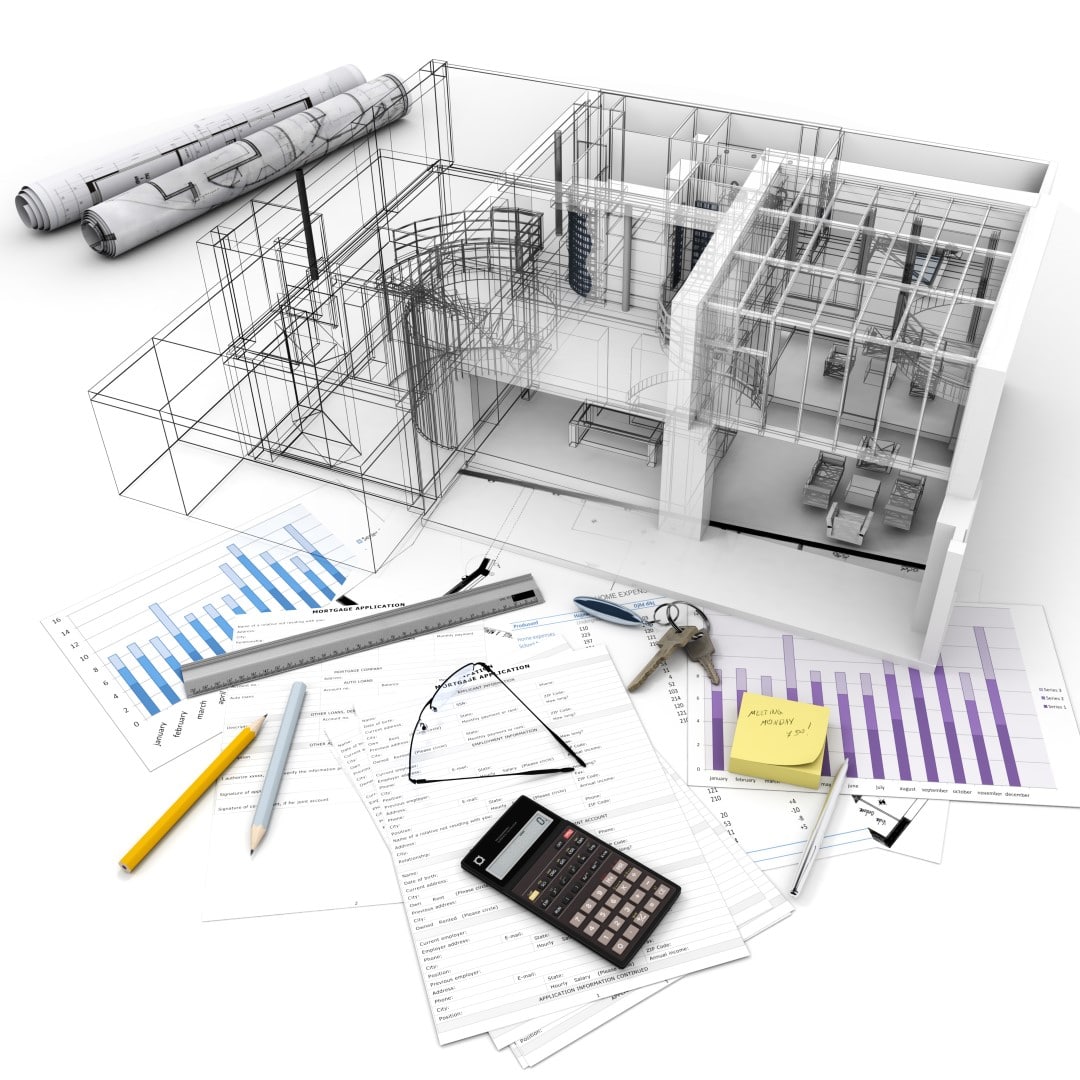A wide range of structures and locations are currently engaged in stepping up their safety and security systems. Not least prisons, military installations, airports and key public buildings such as the Houses of Parliament.
Terrorists and determined criminals are now using both the latest technology and the brute force provided by hostile vehicle use to gain entry to sensitive sites. At the very least, they are displaying increased determination to disrupt and challenge site security at these important locations.
Work to improve the structures and systems used to delay, detect and detain potential intruders has never been more pressing.
This is one area in which Business Information Modelling (BIM) really comes into its own. It uses agile and versatile CAD systems, based on layers of detailed data, for increasingly insightful applications. Not least, to automate detection systems and save time and money during the design stage of new security measures, upgrades and refits.
Central control of even complex high security
Using BIM services, security systems and structures at even the most complex, remote or challenging sites can be fully explored from a central point anywhere in the world.
Scenarios and actions can be rehearsed repeatedly, to create a wealth of usable data. This can inform security teams on the ground, as well as those people commissioning security improvements and structures.
The entire team involved in creating or servicing a site with high levels of security can collaborate in real time, manipulating data to explore the project from every angle. It even offers capabilities to explore the fourth dimension – time.
For example, a military installation or some other sensitive site can be analysed over time to show how climate changes, local traffic conditions or deterioration in structures can impact on its penetration capabilities and other security factors.
Rehearsing and training security
CAD outsourcing to create 3D models also enables new levels of training off-site, to give security teams “real experiences” and insights, without them setting foot on the premises. Intrusions and other security breaches can be repeatedly played out, to bring personnel fully up to speed in their responses.
Security simulations such as human intrusion can be rehearsed, without actually having people inside facilities too. Travel barriers such as stairs and doors can be mapped, and algorithms used to plan changes or enable security teams to get around locations quicker.
For covert operations and security measures, this level of rehearsal can be vital.
Changes can be made – including major structural improvements – in a far more coordinated way to save money, but also to speed up changeovers and avoid security downtime.
Informing non-security personnel
3D CAD Model projects enable security analysis by experts. However, they also offer a better system to inform non-security personnel too. For example, in the design phase of new security installations, the entire construction team and any associated subcontractors can receive important data and imagery.
Also, 3D modelling can ensure that new onsite security systems don’t choke the free flow of vital supply deliveries for example, and regular site visitors can rehearse new security protocols.
PSA Assessments and the way forward
CAD and 3D modelling provide far deeper penetration of security risk sites, as well as an overarching view of complexes and facilities.
They are increasingly used when prisons, military sites, airports and key public buildings go through a Physical Security Assessment. The facility is closely examined to establish any potential for undetectable penetration or other risk factors, so appropriate measures can then be taken.
BIM provides an information-rich solution not just to create new security installations and measures, but also to map the operational requirements of existing high-security sites.
It offers insights throughout the entire lifecycle of physical structures – from initial feasibility studies right through to decommissioning.
Perhaps most significantly, it generates simulations and data that can exponentially increase the opportunities to delay, detect and detain even the most determined intruder.
Contact us for more information on how you can step up site security using 3D CAD models generated by Restoric Design.



